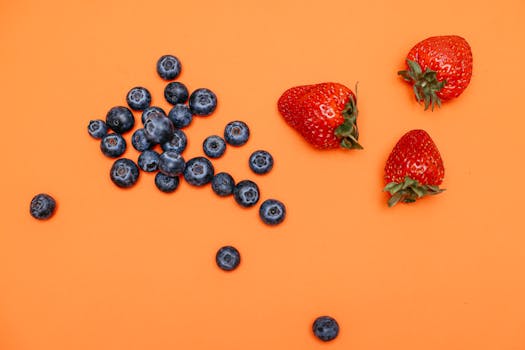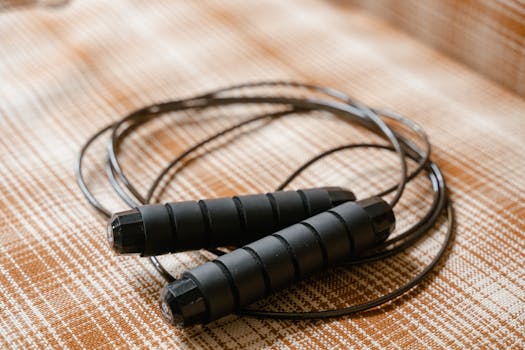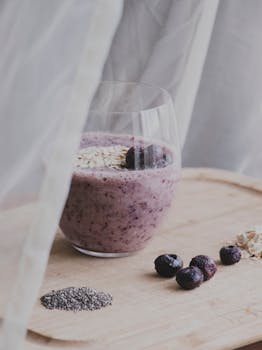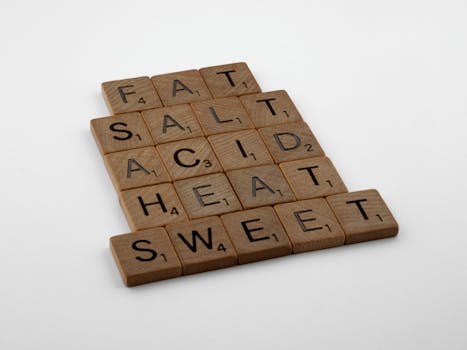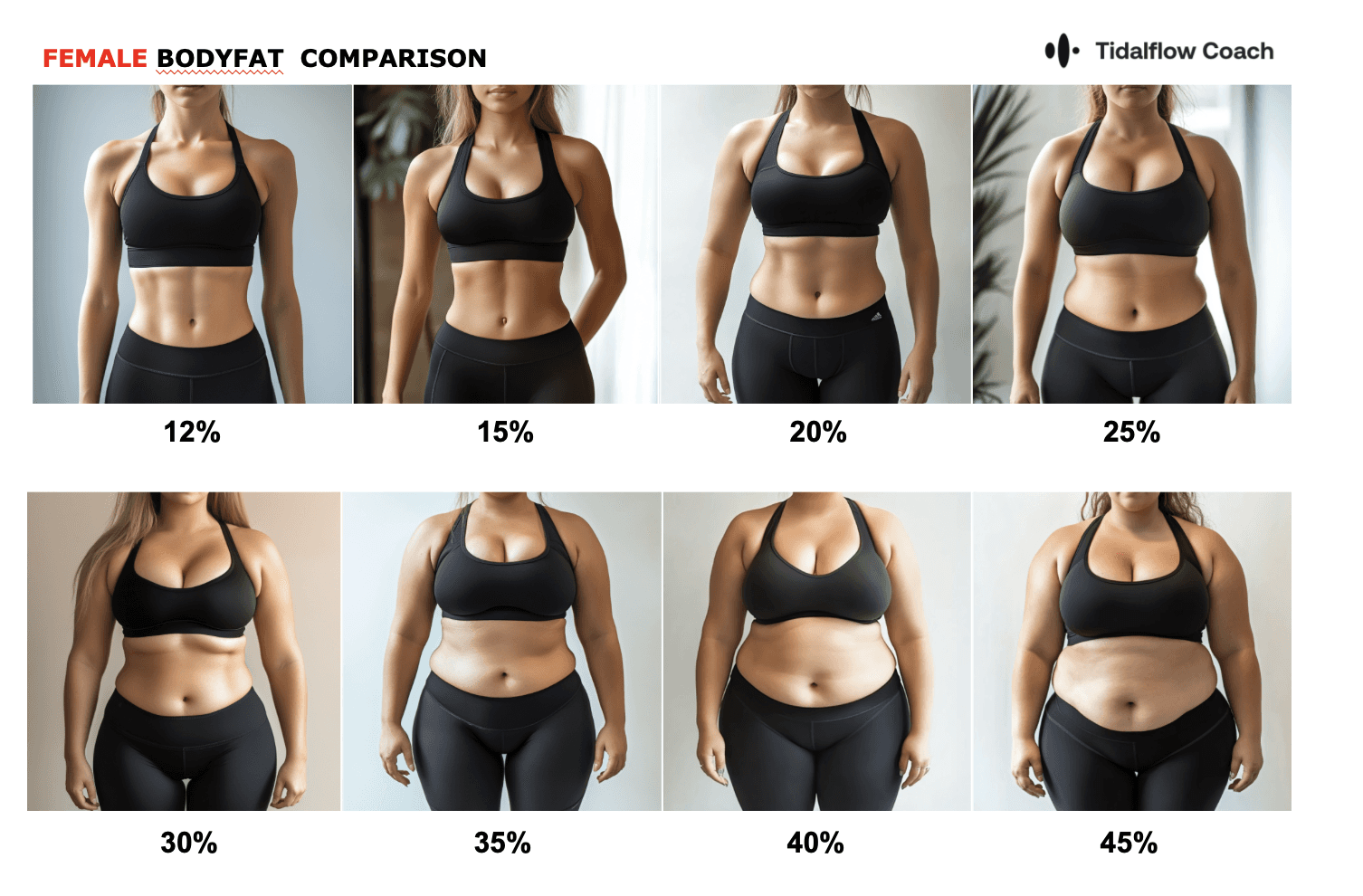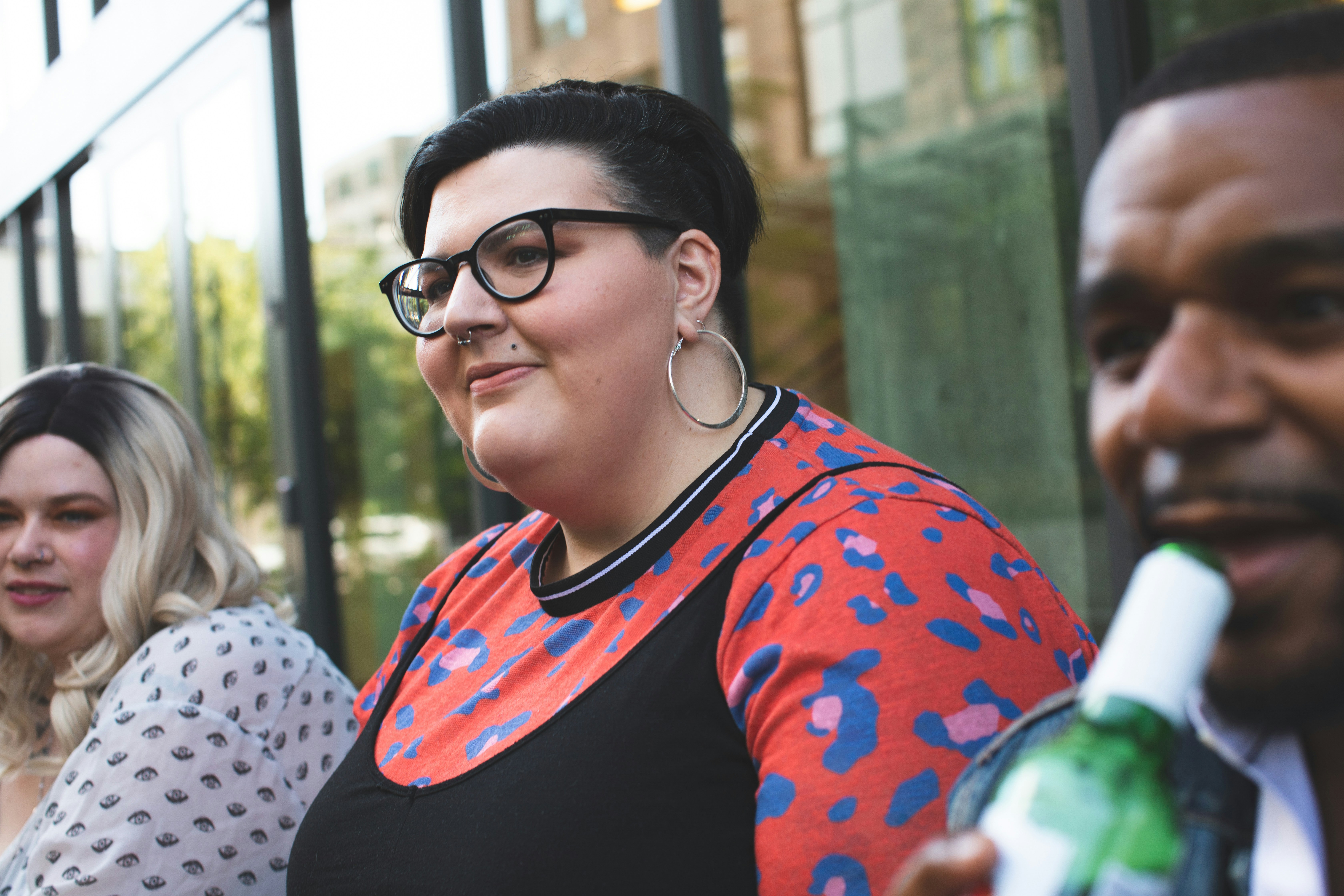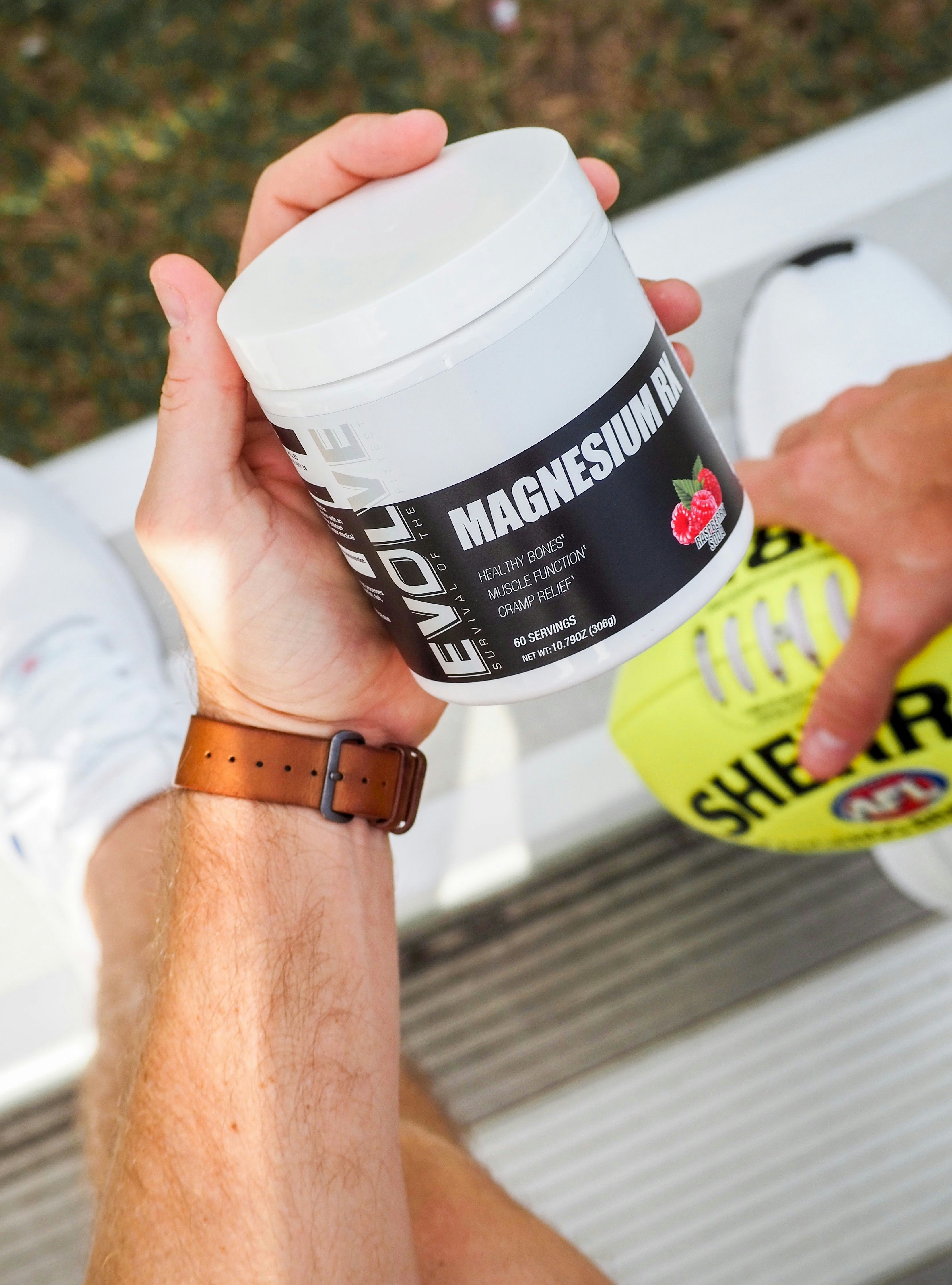14-Day No Sugar Diet: Ultimate Food List for a Healthier You
Sep 16, 2024
In today's world of processed foods and hidden sugars, embarking on a no sugar diet can be a game-changer for your health. At Tidalflow, we're committed to helping you achieve your health and fitness goals. This comprehensive 14-day no sugar diet food list will guide you through what to eat, what to avoid, and how to make the most of your sugar-free journey.
Understanding the No Sugar Diet
Before diving into the food list, it's important to understand what a no sugar diet entails. This diet focuses on eliminating added sugars and significantly reducing natural sugars. The goal is to reset your taste buds, stabilize blood sugar levels, and improve overall health.
Benefits of a No Sugar Diet:
Weight loss
Improved energy levels
Better skin health
Reduced inflammation
Lowered risk of type 2 diabetes
Improved dental health
Now, let's explore what you can eat during your 14-day no sugar challenge.
The 14-Day No Sugar Diet Food List
Proteins
Protein is essential for maintaining muscle mass, especially if you're combining your diet with exercise for weight loss. Include these protein sources:
Chicken breast
Turkey
Lean beef
Fish (salmon, tuna, cod, trout)
Eggs
Tofu
Tempeh
Greek yogurt (unsweetened)
Vegetables
Vegetables are low in sugar and high in nutrients. Load up on these:
Leafy greens (spinach, kale, lettuce)
Broccoli
Cauliflower
Bell peppers
Zucchini
Cucumber
Tomatoes
Carrots (in moderation)
Asparagus
Brussels sprouts

Fruits (in moderation)
While fruits contain natural sugars, some can be included in small amounts:
Berries (strawberries, blueberries, raspberries)
Green apples
Avocado
Lemon
Lime
Whole Grains
Choose whole grains over refined options:
Quinoa
Brown rice
Oats (steel-cut or rolled)
Barley
Buckwheat
Legumes
Legumes provide protein and fiber:
Lentils
Chickpeas
Black beans
Kidney beans
Pinto beans
Nuts and Seeds
These provide healthy fats and protein:
Almonds
Walnuts
Chia seeds
Flaxseeds
Pumpkin seeds
Sunflower seeds
Dairy Alternatives
Opt for unsweetened versions:
Almond milk
Coconut milk
Cashew milk
Oat milk (unsweetened)
Healthy Fats
Include these for satiety and nutrient absorption:
Olive oil
Coconut oil
Avocado oil
Ghee (in moderation)
Beverages
Stay hydrated with these sugar-free options:
Water
Herbal tea
Black coffee
Sparkling water (unsweetened)
Herbs and Spices
Use these to add flavor without sugar:
Cinnamon
Turmeric
Ginger
Garlic
Basil
Oregano
Rosemary
Thyme
Foods to Avoid on a No Sugar Diet
To succeed in your 14-day no sugar challenge, avoid these high-sugar foods:
Sodas and sweetened beverages
Candy and chocolate
Baked goods (cookies, cakes, pastries)
Sweetened yogurt
Breakfast cereals
Flavored coffees and teas
Processed snack foods
Fruit juices
Dried fruits
Sauces and dressings with added sugars
Be aware of hidden sugars in foods like ketchup, salad dressings, and bread. Always check labels for ingredients like sucrose, high fructose corn syrup, and other forms of added sugar.
Sample Meal Plan for Your 14-Day No Sugar Diet
Here's a sample day from your 14-day meal plan:
Breakfast:
2 scrambled eggs with spinach and tomatoes
1/2 avocado
1 slice of whole-grain toast (no added sugars)
Snack:
A small handful of mixed nuts
Lunch:
Grilled chicken breast
Mixed green salad with cucumber, bell peppers, and olive oil dressing
1/2 cup of quinoa
Snack:
Celery sticks with almond butter
Dinner:
Baked salmon
Roasted broccoli and cauliflower
1/2 cup of brown rice
Alternatively, w
atch this quick video by Downshiftology for an easy, no-fail baked salmon recipe with lemon garlic butter.:
Evening Snack (if needed):
Greek yogurt with a few berries and chia seeds
Remember to adjust portion sizes based on your individual caloric needs and fitness goals.
Tips for Success on Your 14-Day No Sugar Diet
Prepare meals in advance: Meal prep can help you avoid reaching for sugary convenience foods.
Read labels carefully: Sugar can hide under many names. Educate yourself on different terms for added sugars.
Stay hydrated: Sometimes thirst can be mistaken for sugar cravings. Aim for at least 8 glasses of water per day.
Get enough sleep: Lack of sleep can increase cravings for sugary foods. Aim for 7-9 hours of quality sleep each night.
Exercise regularly: Physical activity can help reduce sugar cravings and boost your mood. Try incorporating HIIT workouts for maximum benefit.
Manage stress: Stress can trigger sugar cravings. Practice stress-management techniques like meditation or yoga.
Don't go cold turkey if it's too challenging: If completely cutting out sugar is too difficult, start by reducing your intake gradually.

Potential Challenges and How to Overcome Them
Sugar cravings: When sugar cravings hit, try eating a piece of fruit or a small serving of Greek yogurt with berries.
Lack of energy: Your body may need time to adjust to fewer carbs. Ensure you're eating enough protein and healthy fats for sustained energy.
Social situations: Prepare ahead by eating before events or bringing your own sugar-free snacks.
Caffeine withdrawal: If you're used to sweetened coffee, try gradually reducing the sugar or switching to black coffee or herbal tea.
Mood swings: Sugar can affect your mood. Stay patient and remember that these symptoms usually pass within a few days.
The Science Behind Sugar and Your Body
Understanding how sugar affects your body can help motivate you during your 14-day challenge:
Blood Sugar Spikes: Consuming sugar causes rapid spikes in blood glucose levels, followed by a crash that can leave you feeling tired and hungry.
Insulin Resistance: Over time, high sugar consumption can lead to insulin resistance, a precursor to type 2 diabetes.
Inflammation: A high-sugar diet is linked to chronic inflammation, which is associated with various health issues including heart disease and cancer.
Dopamine Release: Sugar triggers the release of dopamine, creating a reward cycle that can lead to addictive eating behaviors.
Gut Health: Excessive sugar can disrupt the balance of good bacteria in your gut, potentially leading to digestive issues and a weakened immune system.
By reducing your sugar intake, you're giving your body a chance to reset and function more efficiently.
After the 14-Day No Sugar Diet
As you near the end of your 14-day no sugar diet, consider these steps for maintaining your progress:
Gradual Reintroduction: If you plan to reintroduce some sugars, do so gradually and mindfully.
Continued Awareness: Keep reading labels and stay aware of your sugar intake.
Listen to Your Body: Pay attention to how different foods make you feel.
Maintain Balance: Aim for a balanced diet that includes a variety of whole foods.
Regular Check-ins: Periodically reassess your sugar intake and consider doing short sugar-free periods if you feel you're consuming too much.
The Tidalflow Approach to Nutrition and Diet
At Tidalflow, we believe in a holistic approach to health and fitness. Our AI-powered personal trainer can help you optimize your nutrition in several ways:
Personalized Meal Plans: Receive customized meal suggestions that align with your no sugar diet and overall fitness goals.
Nutrient Tracking: Our app can help you track your nutrient intake, ensuring you're getting balanced nutrition while avoiding sugar.
Recipe Suggestions: Discover sugar-free recipes that are both nutritious and delicious.
Progress Monitoring: Track your progress and receive insights on how your diet is affecting your overall health and fitness.
Adaptive Recommendations: As your body adapts to the no sugar diet, our AI can adjust your nutrition plan to ensure continued progress.
FAQs About the 14-Day No Sugar Diet
Is fruit allowed on a no sugar diet?
While fruits contain natural sugars, some can be included in moderation. Opt for low-sugar fruits like berries and green apples.
Will I lose weight on a no sugar diet?
Many people experience weight loss when cutting out sugar, especially if they were consuming high amounts previously. However, weight loss depends on overall calorie intake and expenditure.
Can I have artificial sweeteners?
While artificial sweeteners don't contain calories, they can still trigger sugar cravings. It's best to avoid them during the 14-day challenge.
What about natural sweeteners like honey or maple syrup?
For the purposes of this 14-day challenge, it's best to avoid all added sweeteners, including natural ones.
How long does it take to stop craving sugar?
Most people find their sugar cravings significantly decrease after 1-2 weeks of avoiding added sugars.
Embrace a Healthier Lifestyle with Tidalflow
Embarking on a 14-day no sugar diet can be a powerful step towards improving your health and resetting your relationship with food. By following this comprehensive food list and implementing the tips provided, you're setting yourself up for success.
Remember, a no sugar diet is about more than just eliminating sweetness from your life – it's about nourishing your body with whole, nutrient-dense foods that support your overall health and well-being. That's where Tidalflow's personalized approach can make a real difference in your health journey.
Ready to take your nutrition and fitness to the next level? Try Tidalflow free for 7 days and experience the power of AI-guided, personalized fitness and nutrition planning. Our app adapts to your needs, helping you achieve your health goals through optimized workout routines and nutrition strategies.
Don't let sugar control your life any longer. With this 14-day no sugar diet food list as your guide and Tidalflow as your support system, you can transform your health, boost your energy, and pave the way for a healthier, happier you.
Start your sugar-free journey today with Tidalflow – where cutting-edge technology meets nutritional expertise for your best health yet!
You should not have to do it all on your own




